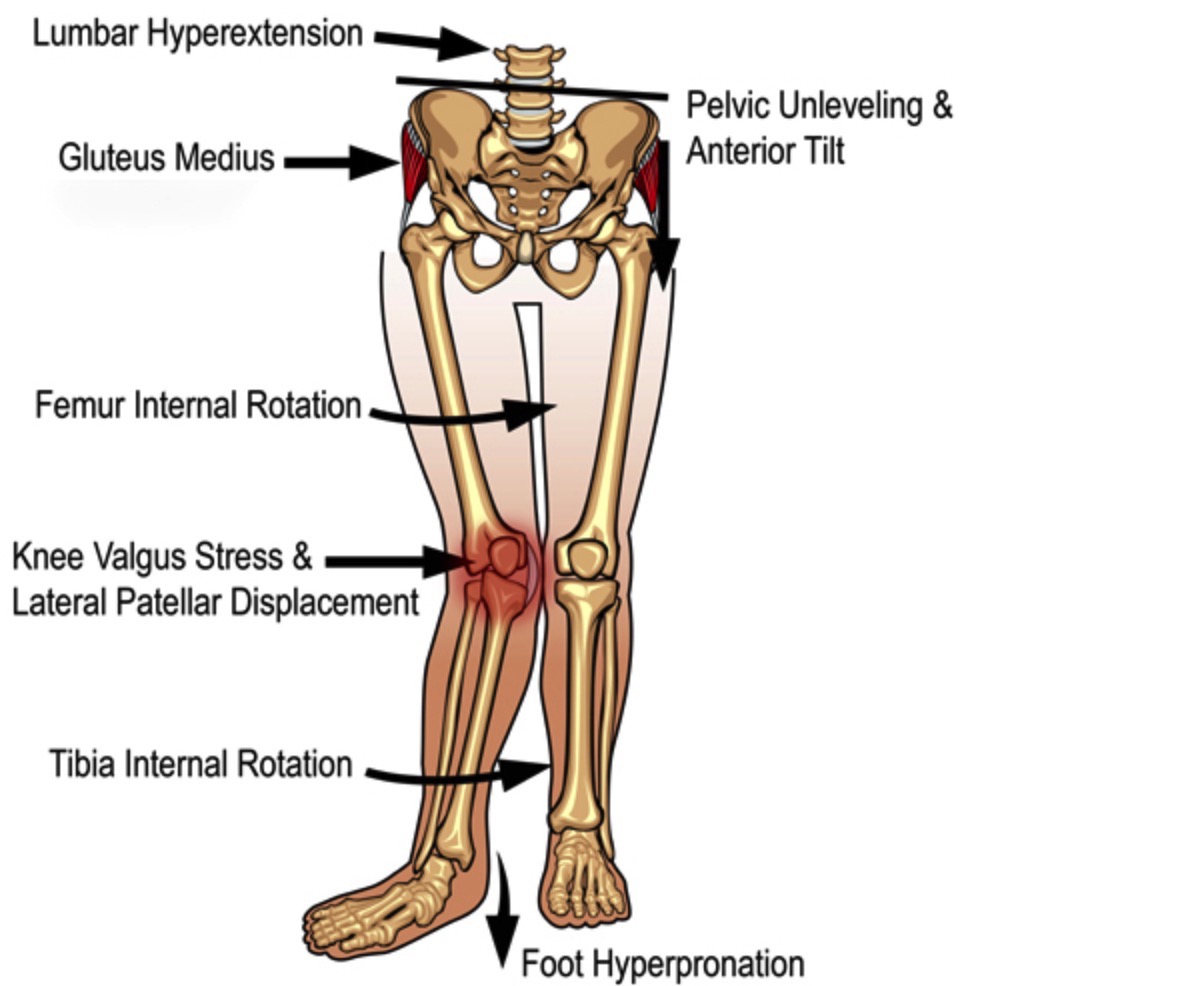This material is included in the CTB Membership as well as Restoring Pain-Free Movement.
Most pain comes from muscles that have adapted to acute or chronic stresses in the body. When muscles are under stress, they are likely to develop trigger points, which have been shown in several studies to be responsible for the vast majority of pain in the body.
Our medical system and popular culture consistently ascribes pain to injury or disease, which is statistically far less common and leads to inappropriate use of drugs, surgery and ineffective interventions.
The Coaching The Body® approach takes a new look at pain, trigger point therapy and modern neuroscience, and since 2005 we have been documenting the most common patterns of muscle dysfunction leading to the types of pain that most therapists attempt to treat every day, often with limited success.
Pain conditions such as shoulder pain, frozen shoulder, sciatica, knee pain, hip pain, back pain, headaches, foot and ankle pain and much more can be resolved very successfully with the Coaching The Body® approach. CTB consists of a precise system of analysis, manual therapy and self care techniques, and assessments that allow us to understand the effect of important perpetuating factors on the person's pain.

This course goes into detail on how we analyze the factors that set up a person't pain condition. This is the most important part of what we do, and the course will provide invaluable techniques for assessing, analyzing and correcting the perpetuating factors that always make pain return.
Our manual therapy techniques are extremely effective, but the best techniques are useless if your analysis is faulty. Uncovering and correcting perpetuating factors and the body's responses is the key to ensuring that pain will not return after manual therapy.

We will describe and teach you how to perform specific assessments of perpetuating factors that we have found to be recurrent and critically important for the most common pain patterns. A sampling of topics included:
- A basic description of trigger points, how they come about and effects they produce
- How the protective instincts of the central nervous system can set up pain conditions due to muscular splinting
- How the injury model of pain is usually wrong and the tragic consequences of our medical system's exclusive focus on it
- How to accurately assess leg length or hemipelvis discrepancy in yourself and others, with appropriate correction strategies
- What muscles are most sensitive to lateral asymmetry and various types of postural disturbance
- How head forward posture can lead to persistent pain conditions
- What hyperpronation is and how it can lead to a wide variety of pain issues
- How to assess and correct hyperpronation in yourself and others
- The powerful connection between hyperpronation and postural collapse
- The most common factors that set up sciatica
- How to uncover dysfunctional breathing patterns and how it can set up many severe upper body pain conditions
- The connection between the abdominal muscles and back pain